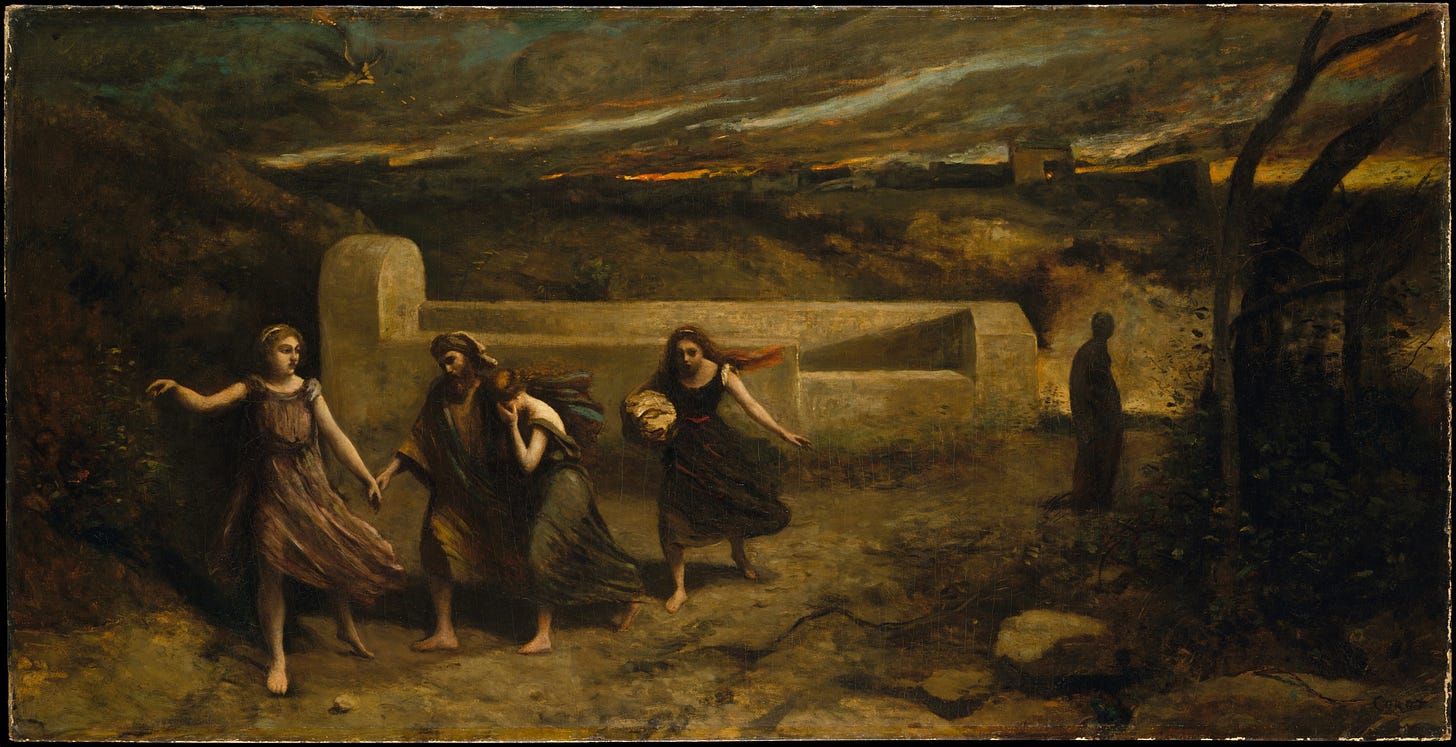If You Want Unity, Start with Community
We can only grow by embracing what brings us together

“In my opinion, it will not cease, until a crisis shall have been reached, and passed.
"A house divided against itself cannot stand."” — Abraham Lincoln, 1858
When Abraham Lincoln gave his “House Divided” speech, he wasn’t simply making an observation on the question of slavery that stood before Congress in the 1850s.
He was quoting a familiar concept — one that had its origins in the Bible. In three of the four Gospels, in fact.
By using this well-known phrase, he was calling upon his fellow citizens’ common heritage and common understanding.
He was also calling upon common sense.
“I believe this government cannot endure, permanently half slave and half free.”
When you’re so divided on something fundamental, can you find unity?
The solution comes through building on smaller shared pieces of ourselves. Pieces that can be found in communities.
The CEO / Worker Divide
With issues swirling in the busine…



